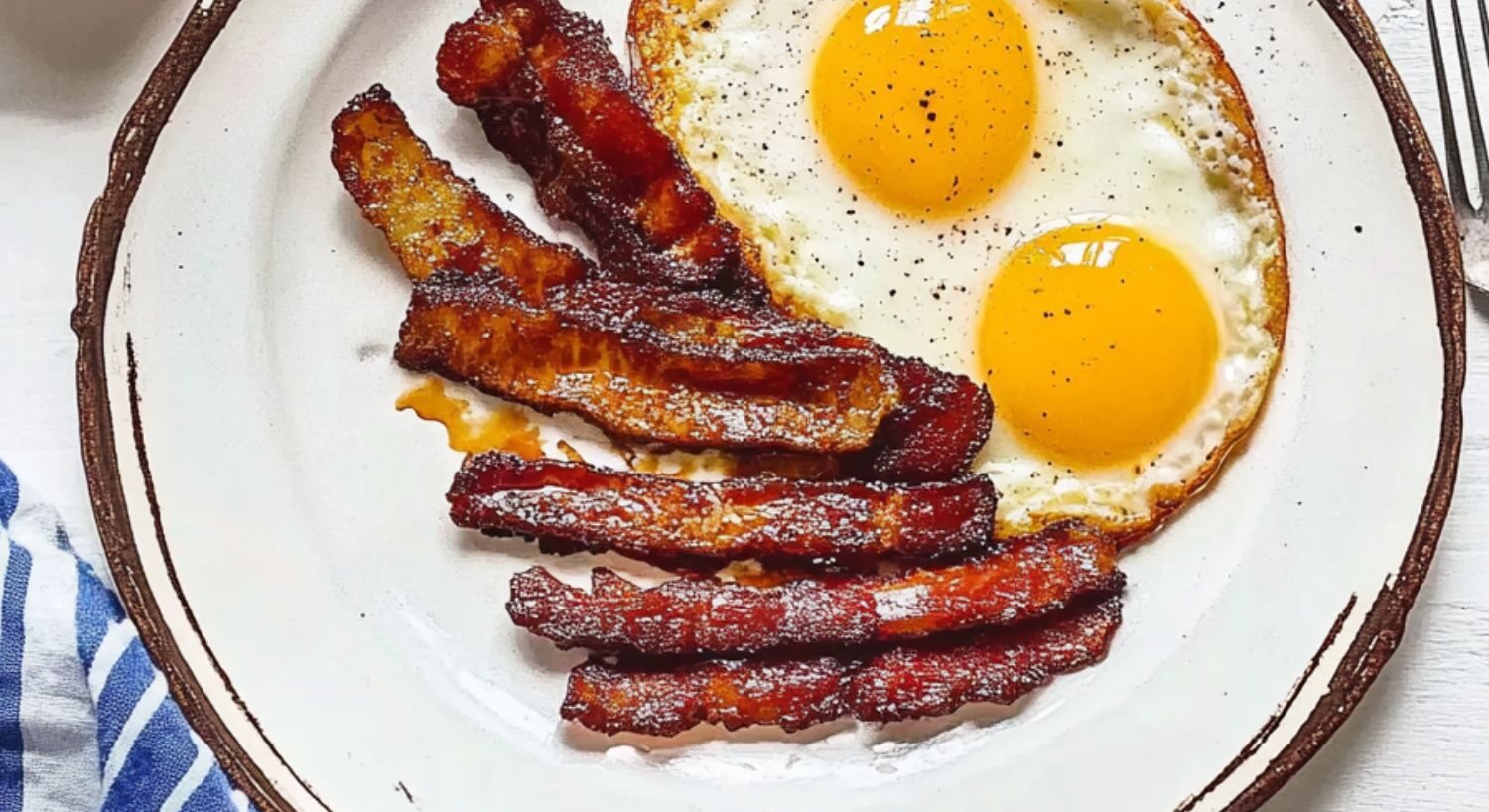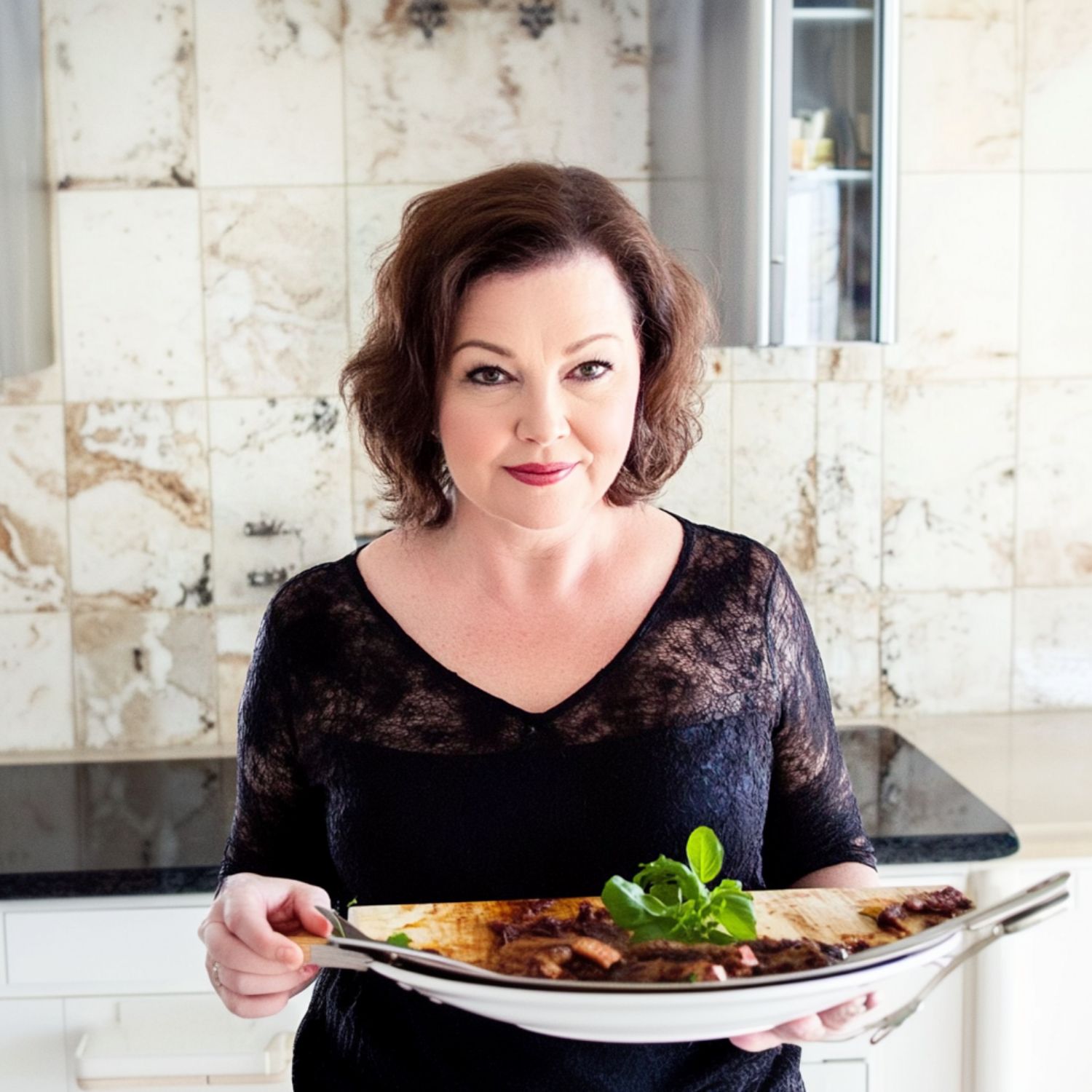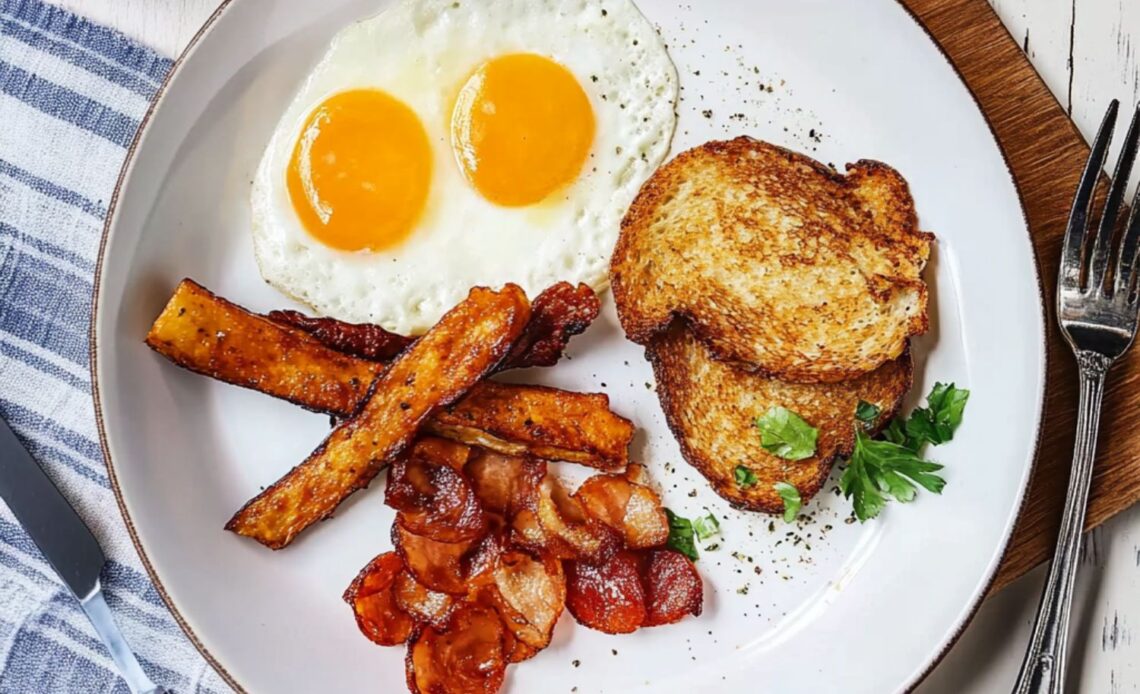
Frying an egg might seem straightforward—melt butter in a pan, crack an egg, and wait for breakfast (or lunch, or dinner!). But even this seemingly simple task has its nuances. Done right, fried eggs are a delicate balance of soft, luscious yolks and tender, fully cooked whites, making them a staple for any meal.
This guide will walk you through the process of creating perfectly fried eggs, whether you prefer them sunny side up or over easy. Along the way, you’ll discover tips on choosing the right pan, controlling heat, and making eggs that are as visually stunning as they are delicious.
Perfect Fried Eggs: Gentle Heat and a Lid Are Key
Eggs are delicate and deserve a little care. Think of it like this: when cooking eggs, treat them like you’re “walking on eggshells.” Use low heat and give the process your patience for flawless results.
This method ensures a sunny side-up egg with a soft, runny yolk perfect for scooping up with toast. The whites are cooked gently, avoiding any rubbery texture. Here’s how:
- Cook the egg over low heat with a lid on the pan for about two minutes.
- Remove the pan from heat and allow the egg to finish cooking with residual heat for 30 seconds (lid still on).
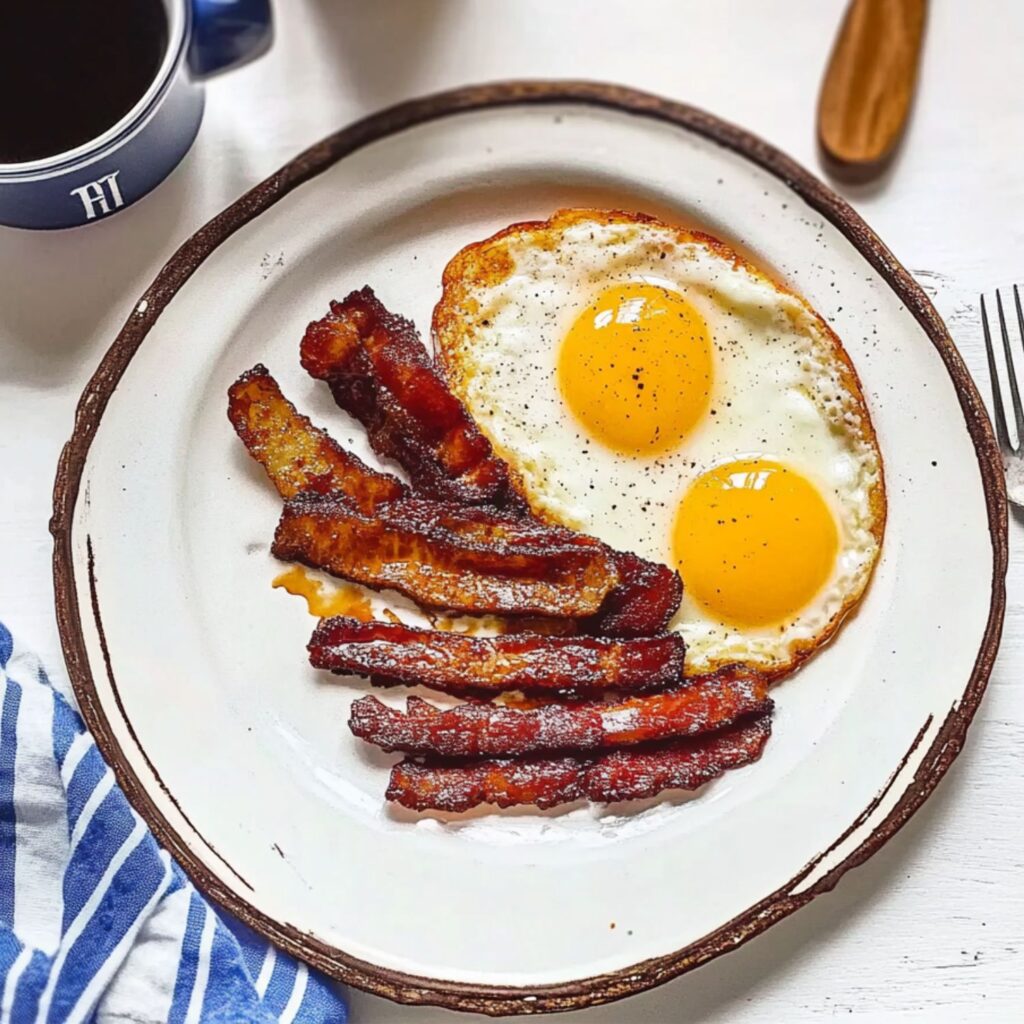
Choosing the Right Pan for Fried Eggs
The type of pan you use can make a big difference:
- Nonstick or well-seasoned cast iron skillets are ideal for preventing sticking and require minimal butter or oil.
- Stainless steel pans work well but need extra fat to avoid sticking—about 2 teaspoons per egg.
An 8-inch pan is perfect for frying one or two eggs. For larger batches, use a bigger skillet, and the method remains the same.
The Secret Ingredient: A Lid
Using a lid traps heat and steam, ensuring the egg cooks evenly on both the top and bottom. Without a lid, the whites may overcook while the yolk remains underdone. Cover the pan immediately after adding the egg to create a gently steaming environment.
Low Heat for Perfect Results
Low heat is essential for even cooking. A hot pan can lead to crispy or overcooked whites while leaving the yolk too runny. Once the whites are almost set, remove the pan from direct heat, and let the egg finish cooking with the lid on.
Butter vs. Oil: Your Choice
- Butter gives a rich, classic flavor, ideal for breakfast plates.
- Olive oil offers a light, savory taste, perfect for topping dishes like pasta or roasted vegetables.
Use about 1 teaspoon of fat per egg in nonstick or cast iron pans, and 2 teaspoons in stainless steel.
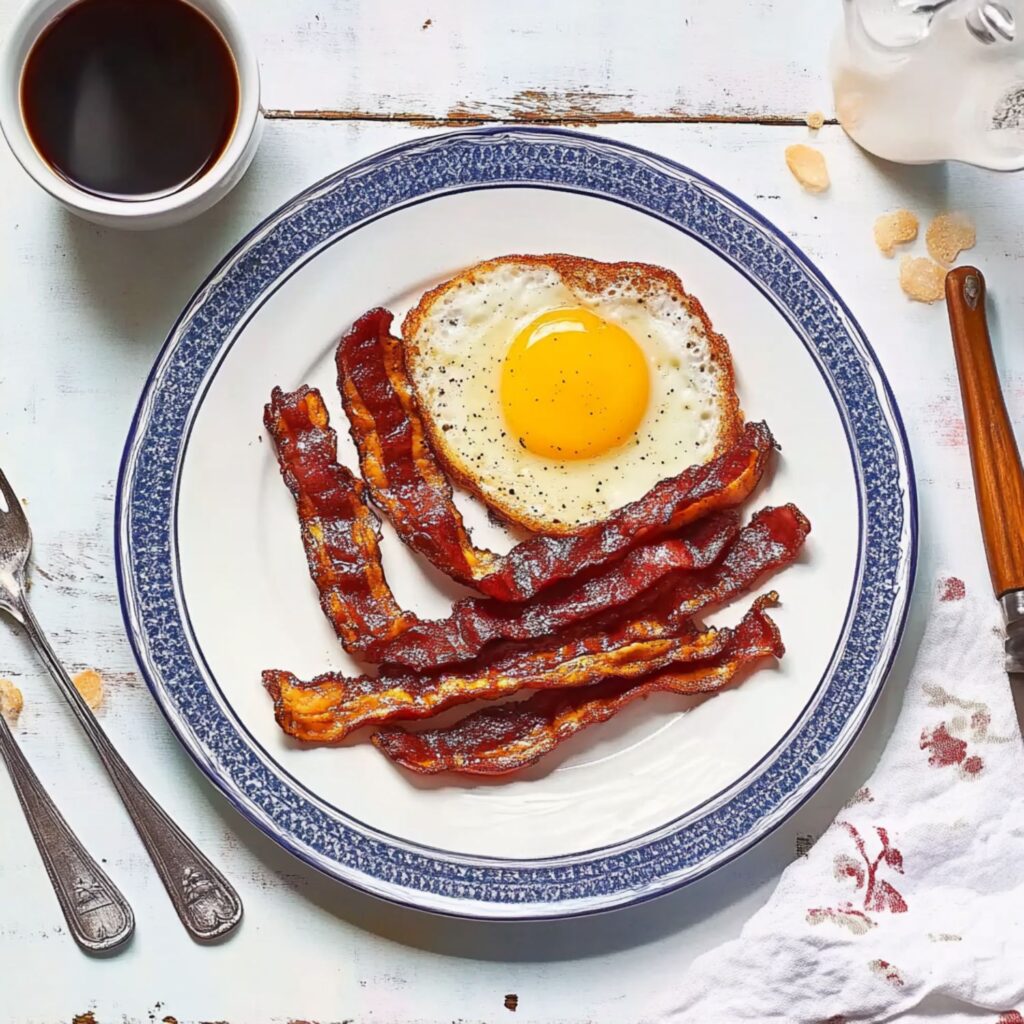
How Long to Fry an Egg
The cooking time varies slightly depending on your stove and pan, but 3–4 minutes is a good rule of thumb:
- After about 90 seconds, check if the whites are mostly opaque with just a small translucent ring near the yolk.
- Remove the pan from heat and let it sit with the lid on for 30 seconds to finish cooking.
For fully set yolks, cook a little longer before removing the pan.
Making Over-Easy, Over-Medium, or Over-Hard Eggs
If you prefer your yolks less runny:
- Once the sunny side-up egg is cooked, carefully flip it with a thin spatula.
- Cook for 10–15 seconds for over-easy eggs, a few seconds longer for over-medium or over-hard.
- Flip it again when transferring to a plate to ensure it’s yolk-side up.
Tips for Serving Fried Eggs
- Have your plates, toast, and sides (like bacon or avocado) ready before you start frying. Eggs cook quickly, so plan ahead.
- Fried eggs aren’t just for breakfast—try topping pasta, rice bowls, or roasted vegetables with an egg for a quick, satisfying meal.
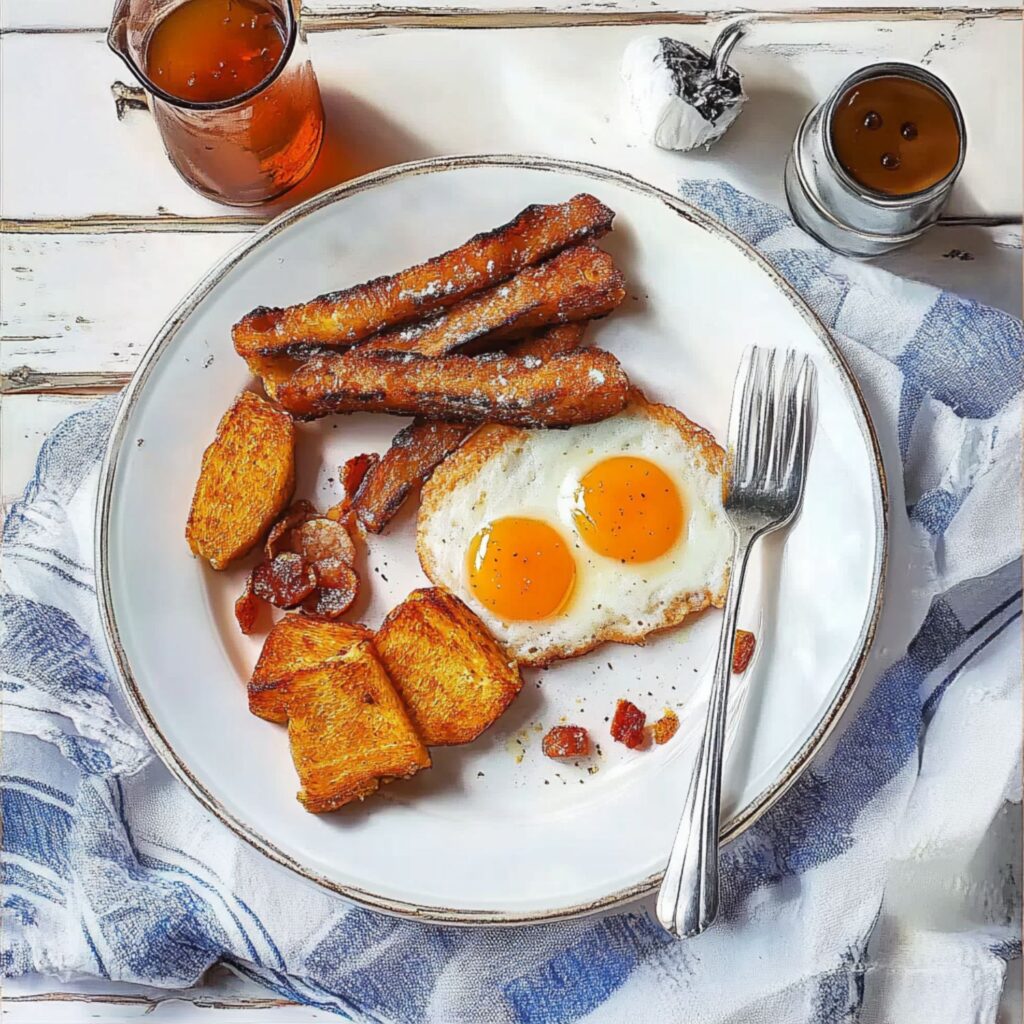
Eggs for Every Meal
Eggs are versatile and fast to prepare. Whether it’s an egg sandwich for lunch or a fried egg on avocado toast, they’re the ultimate comfort food. You can even toss a fried egg into a bowl of pasta with Parmesan, olive oil, and black pepper for an effortless dinner.
From fridge to plate in under four minutes, fried eggs are a timeless, fuss-free addition to any dish.
Conclusion
Frying an egg is more than just a cooking task—it’s a timeless skill that brings joy to meals at any time of the day. With a little care and the right technique, you can create eggs that are perfectly cooked to your preference, whether sunny side up, over easy, or anything in between.
Remember, the key to success lies in using low heat, a good pan, and a lid to ensure even cooking. Whether it’s served with buttery toast, atop a bed of pasta, or alongside crispy bacon, a well-fried egg can transform any dish into something extraordinary.
Ready to try this recipe? Let us know how it turned out! Don’t forget to follow us on Pinterest at Ava Foodie for more delicious recipes and inspiration. Happy cooking!


